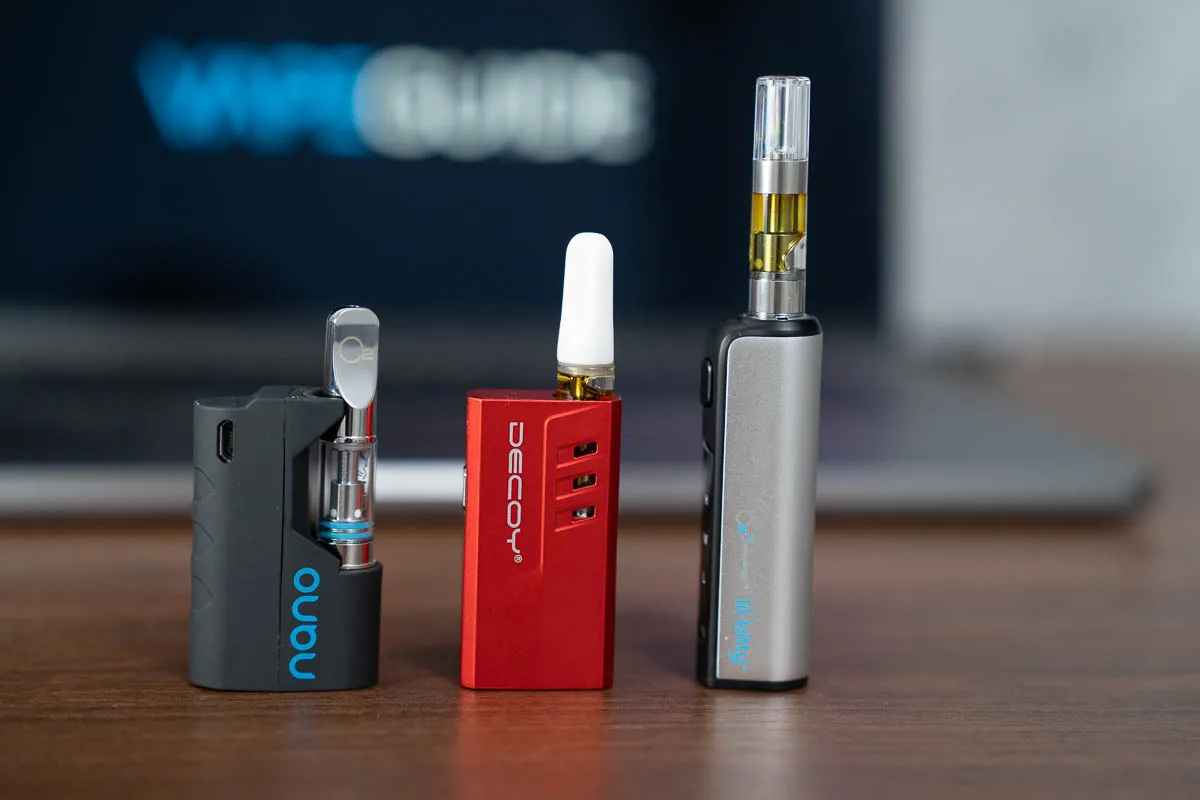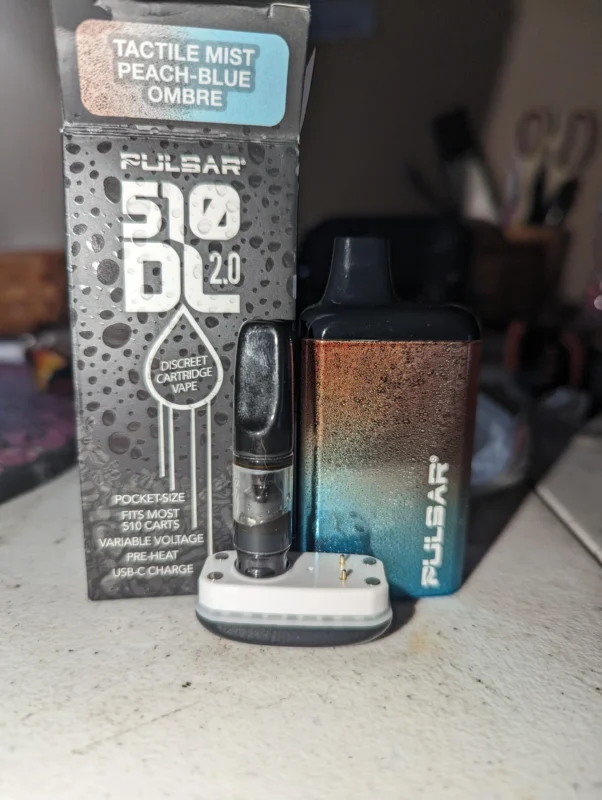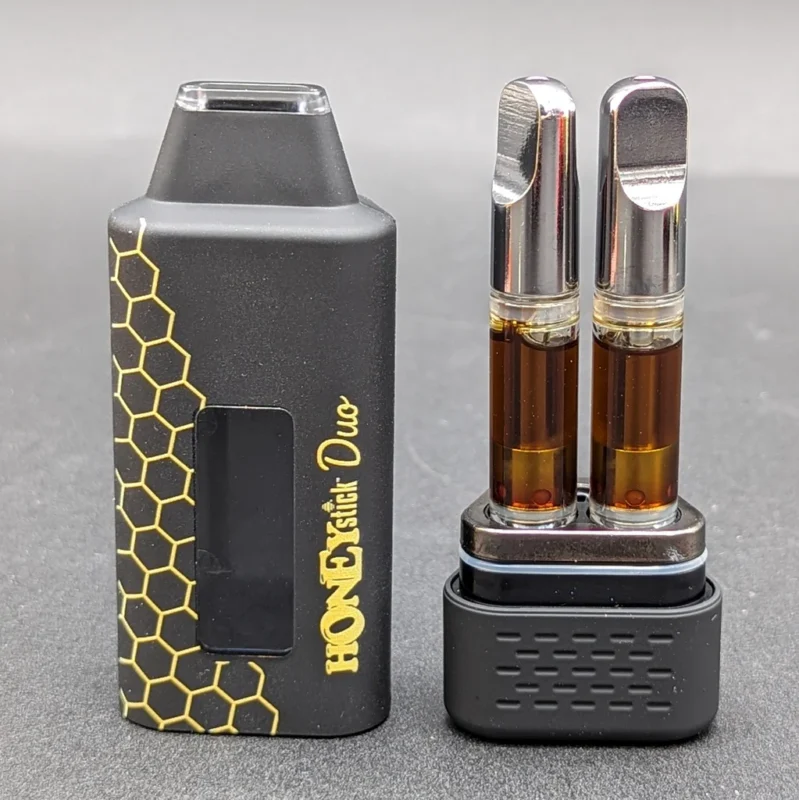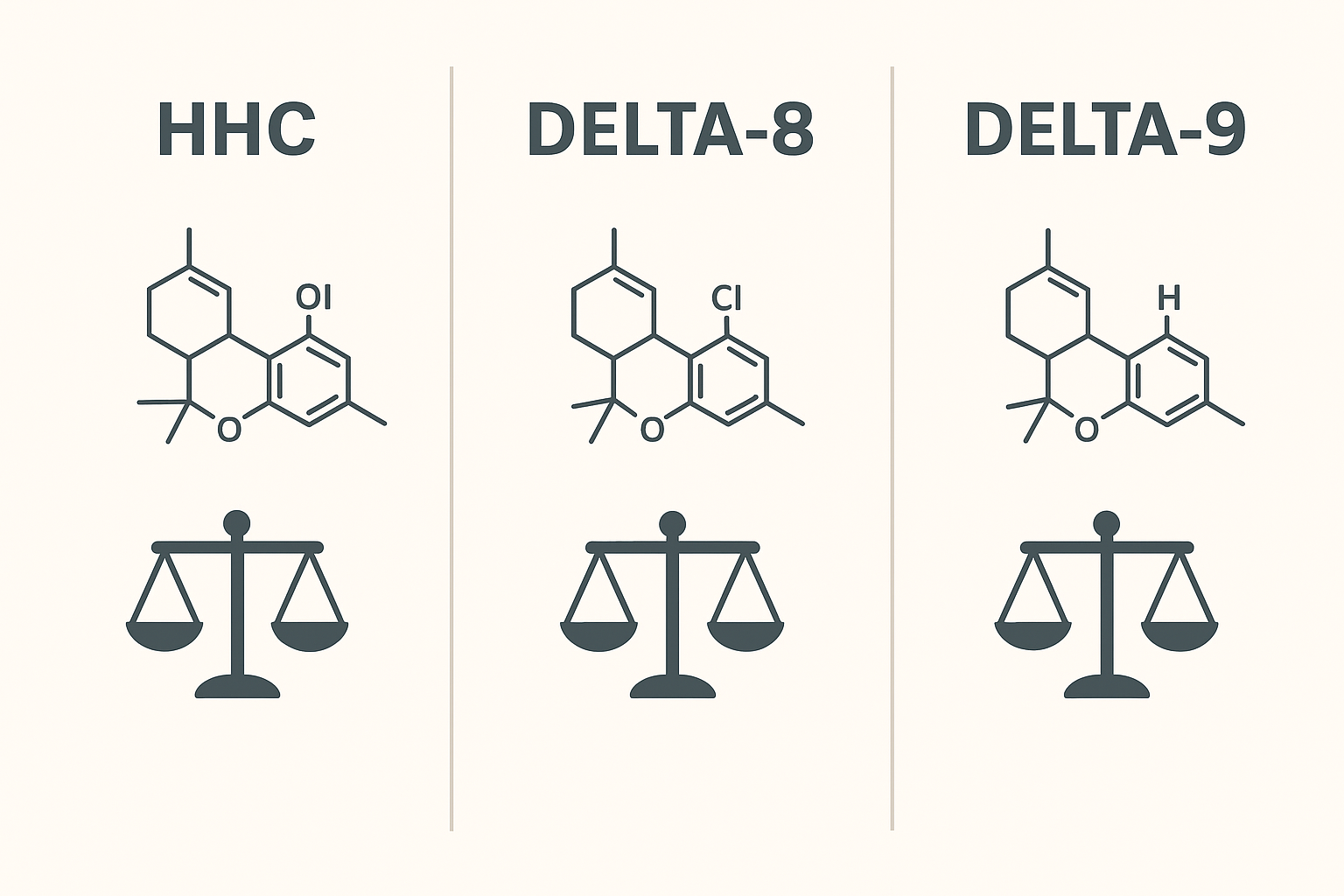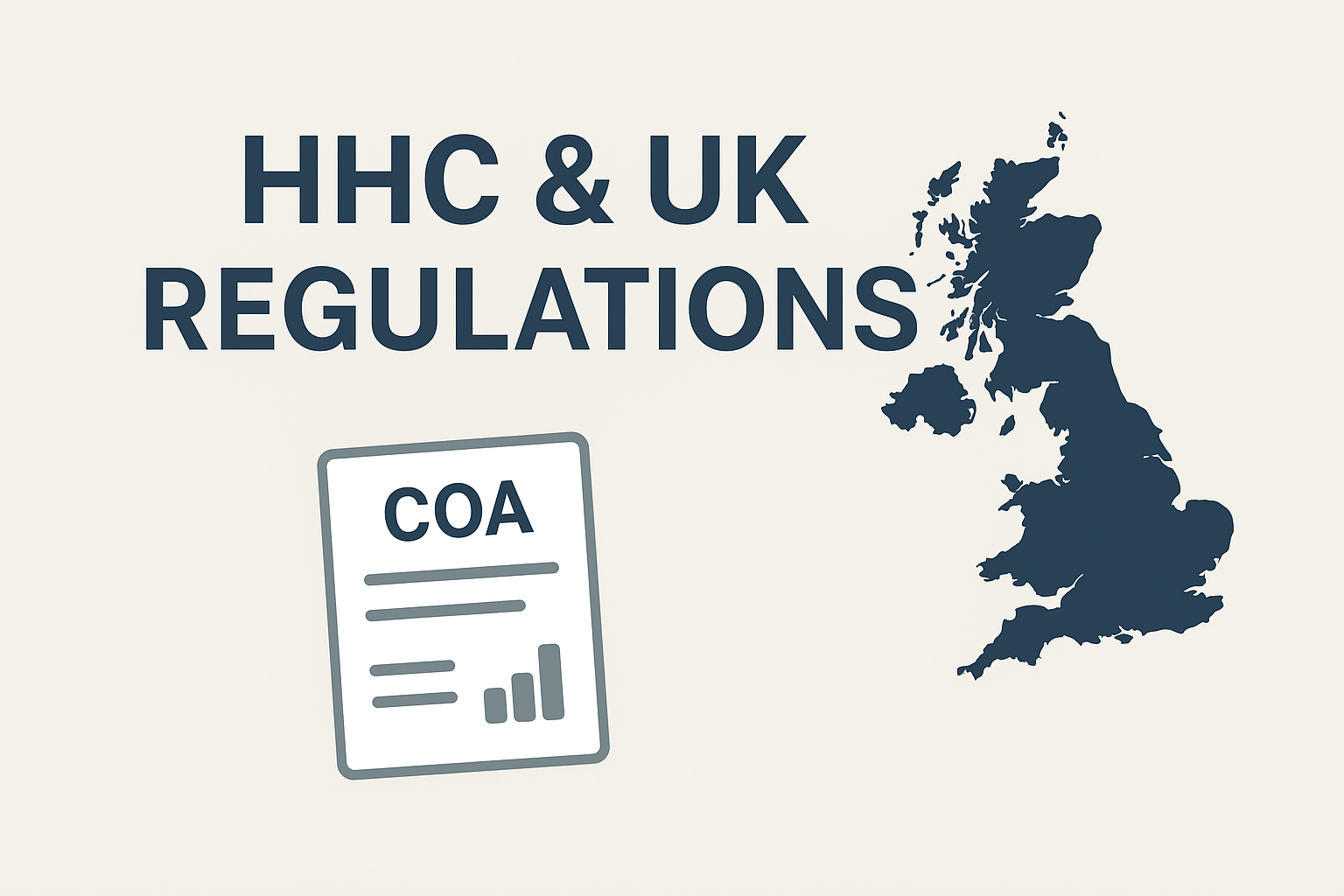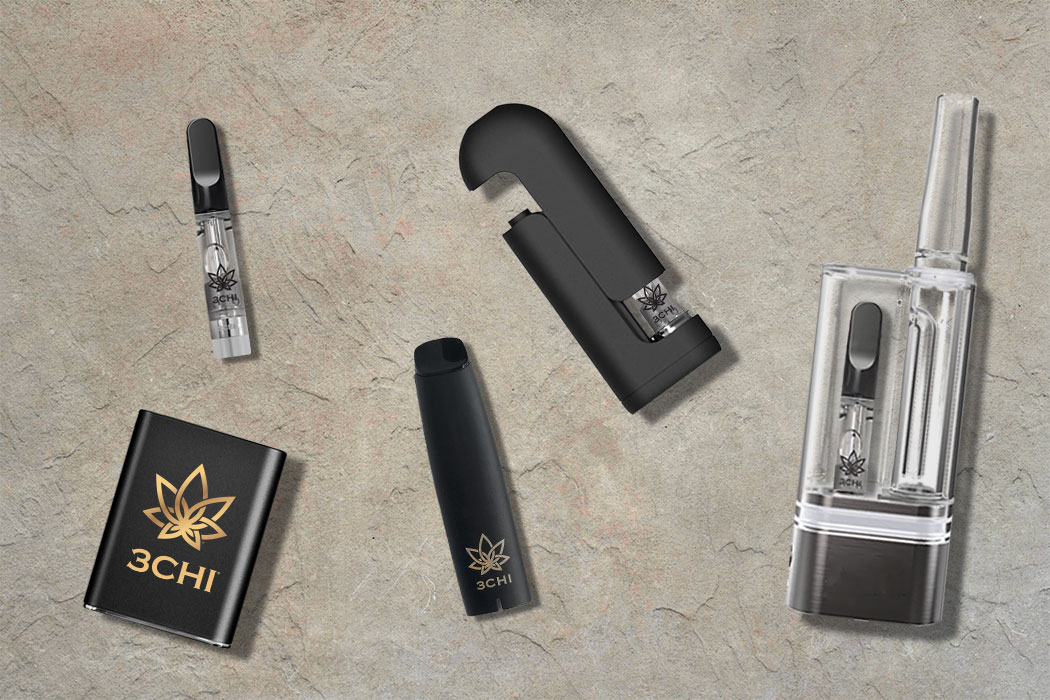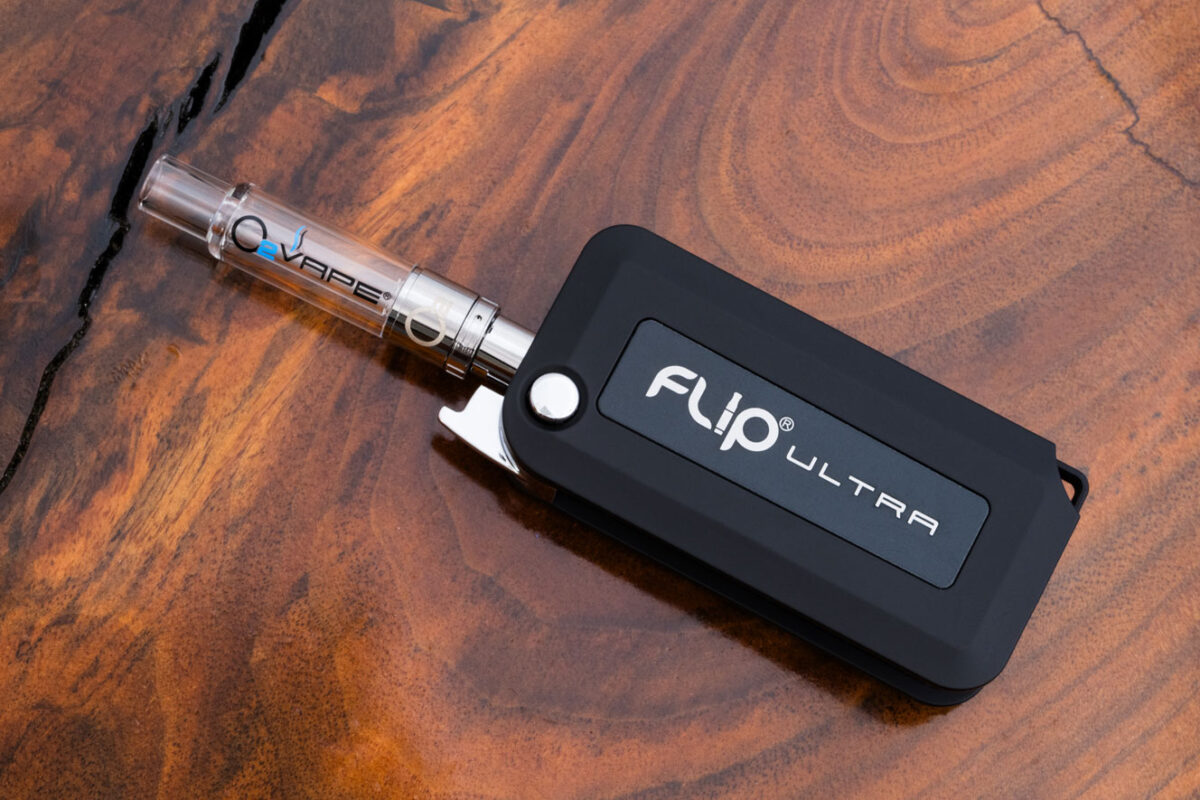Buying HHC Cartridges Safely — What UK Buyers Should Know
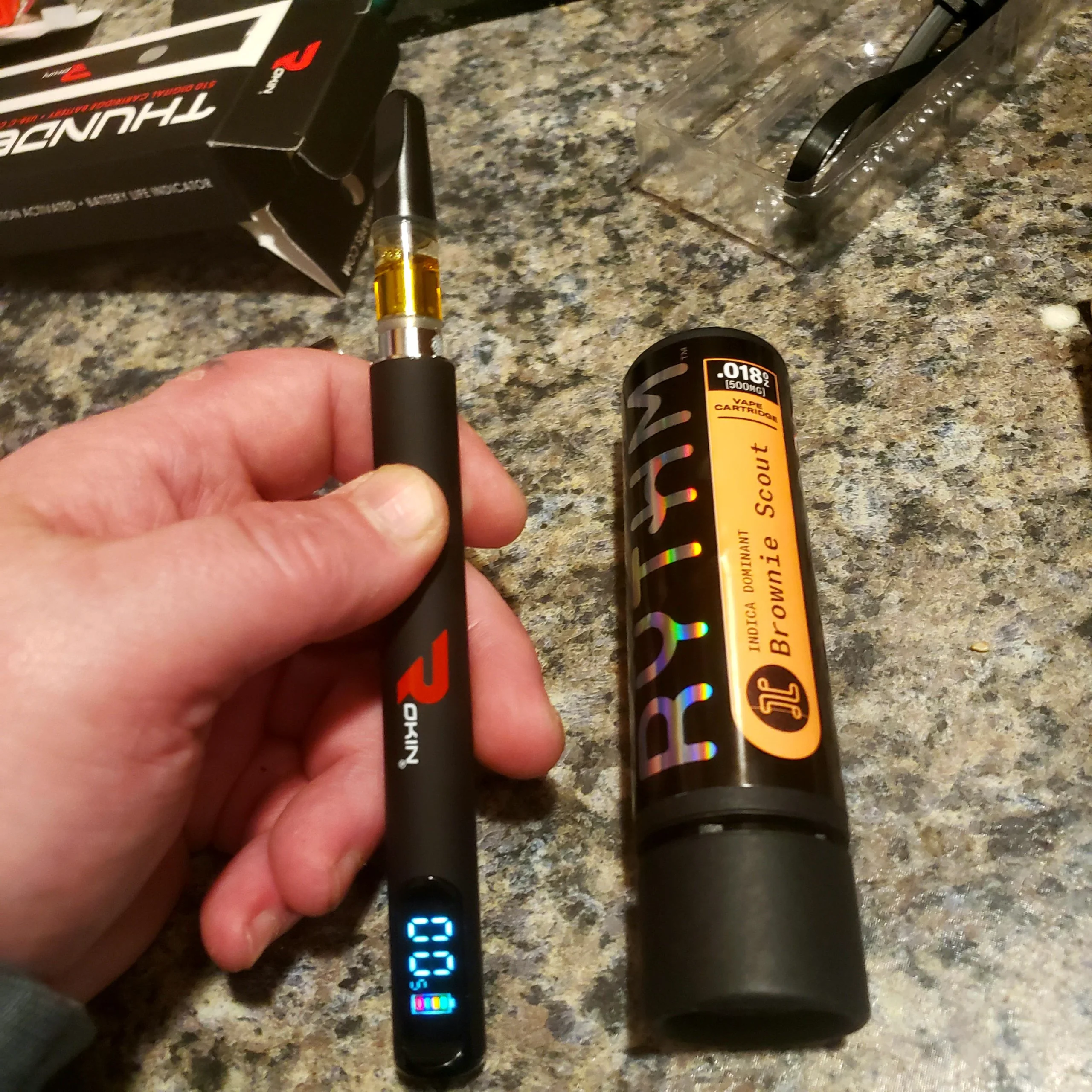
buy lab-tested cartridges — that’s the single best habit for responsible UK buyers. This guide explains what a lab report (COA) should show, how to evaluate sellers, battery and cartridge compatibility, leak and safety checks, and a short pre-purchase checklist so you can purchase with greater confidence.
Safety-first note
HHC and other novel cannabinoids exist in a fast-changing regulatory landscape. This post is informational and avoids medical claims. Before buying or promoting HHC products in the UK, confirm current rules with legal counsel or your compliance team and prioritise vendors who publish third-party lab reports and enforce age verification.
Why lab-tested cartridges matter
A third-party Certificate of Analysis (COA) is your strongest signal that a product has been independently tested. COAs report cannabinoid potency and screen for contaminants (residual solvents, pesticides, heavy metals, microbial contamination). Buying without a COA increases risk — treat missing COAs as a red flag.
What to check on a COA (quick checklist)
-
Cannabinoid profile: Does the COA list cannabinoid concentrations and match the product label?
-
Contaminant screens: Are solvents, pesticides, and heavy metals tested — and are they “Not Detected” or within safe lab limits?
-
Date & lab accreditation: Prefer recent COAs (within 12 months) and labs with recognised accreditation.
-
Batch ID match: The COA should reference the product’s batch number or SKU.
If anything on the COA is unclear, save a screenshot and ask the seller for clarification. Legit vendors provide transparent answers quickly.
Evaluating the seller: trust signals that matter
Before you buy, check the seller’s page for these signals:
-
COAs linked on the product page or available on request.
-
Clear returns and shipping policy (including how they handle faulty items).
-
Company contact details and business registration info.
-
Age-verification processes explained on the checkout flow.
-
Verified, third-party reviews (not anonymous or obviously fake).
If several of these are missing, consider it a warning sign.
Cartridge compatibility & battery safety
Most cartridges use 510 threading, which offers broad compatibility. Still, check these items:
-
Thread type: Confirm 510 or proprietary threading.
-
Cartridge volume: 0.5 mL and 1.0 mL are common sizes — pick based on usage.
-
Battery type: Adjustable 510 batteries let you test lower voltages first and are safer for tuning heat.
-
Safety features: Use batteries with over-charge, short-circuit and temperature protections; avoid unknown no-name batteries.
Pro tip: Start at a low voltage and increase slowly if needed. This preserves flavour and reduces the chance of burning the heating element.
Build quality, materials & leak prevention
Good build quality reduces leaks and improves flavour. Look for listings that specify:
-
Heating element material (ceramic is common for clean flavour).
-
Chamber material (glass is preferable to plastic for purity).
-
Reinforced seals and tight threading to prevent leaks.
-
Clear QC statements from the manufacturer.
Read user reviews specifically for leakage or taste issues — real-world feedback often reveals problems not shown in product specs.
Viscosity & draw experience
The oil’s viscosity affects how a cartridge performs: thicker oils may need higher voltage and can clog; thinner oils might leak if seals aren’t tight. If sellers list viscosity or terpenes, use that to match to your battery and preferred draw style.
Price vs value — what to watch for
Low price alone is not a badge of good value. When comparing products, weigh these factors: COA availability, materials disclosure, battery compatibility notes, and seller policies. If multiple transparency signals are missing, a cheaper price may mean higher long-term risk.
Quick pre-purchase checklist
-
COA available and recent
-
Batch number matches COA
-
Cartridge thread and volume listed (510 if you want cross-compatibility)
-
Materials and heating element disclosed
-
Battery pairing guidance provided
-
Clear returns, contact info, and age verification
Where to browse curated, lab-verified options
If you want a curated selection that publishes COAs and product specs in one place, consider checking a verified collection — highlight and link a CTA such as shop lab-tested cartridges or view our HHC collection
and point it to your category URL after pasting.
Common buyer questions
Q: What if the COA shows trace levels of a contaminant?
A: Ask the seller for context — labs report concentration levels. Low, trace detections that are within acceptable lab limits may be normal; anything flagged as out-of-range is a red flag.
Q: Are disposable pens safe to buy?
A: Regulatory restrictions on single-use disposable vapes have changed recently in the UK. Check current rules before buying disposables and prefer refillable, rechargeable options if the seller can’t confirm compliance.
Q: How often should COAs be updated?
A: Ideally, COAs should match the specific batch you’re buying. Look for recent test dates and batch IDs that align with product packaging.
Final thoughts
Buy lab-tested cartridges should be your first rule. Combine verified COAs, clear seller policies, and proper battery pairing to reduce most common risks. When in doubt, ask for documentation — legitimate retailers treat COA requests as standard.
Related topics about Lab-tested Cartridges
UK Buyers’ Handbook: HHC Cartridges, COAs & Safety
HHC vs Delta-8 & Delta-9 — A Neutral Comparison for UK Buyers
Where to Find Lab-Tested Cartridges in the UK (Red Flags to Avoid)

 Weed Strains
Weed Strains Hybrid
Hybrid Indica
Indica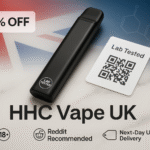 Vapes
Vapes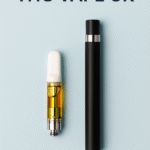 THC Vapes
THC Vapes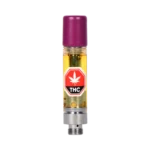 Vape Cartridge
Vape Cartridge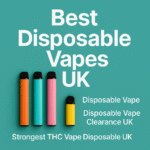 Disposable Vapes
Disposable Vapes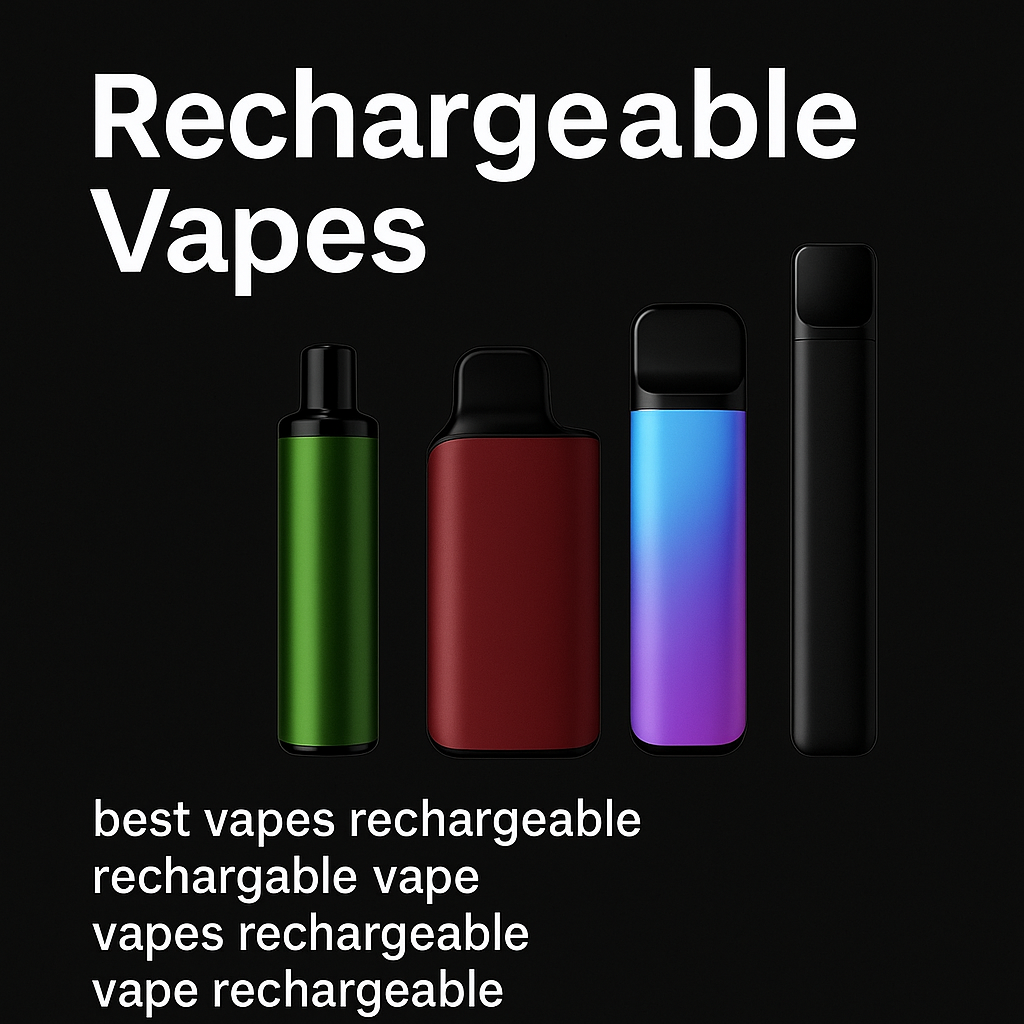 Rechargeable Vapes
Rechargeable Vapes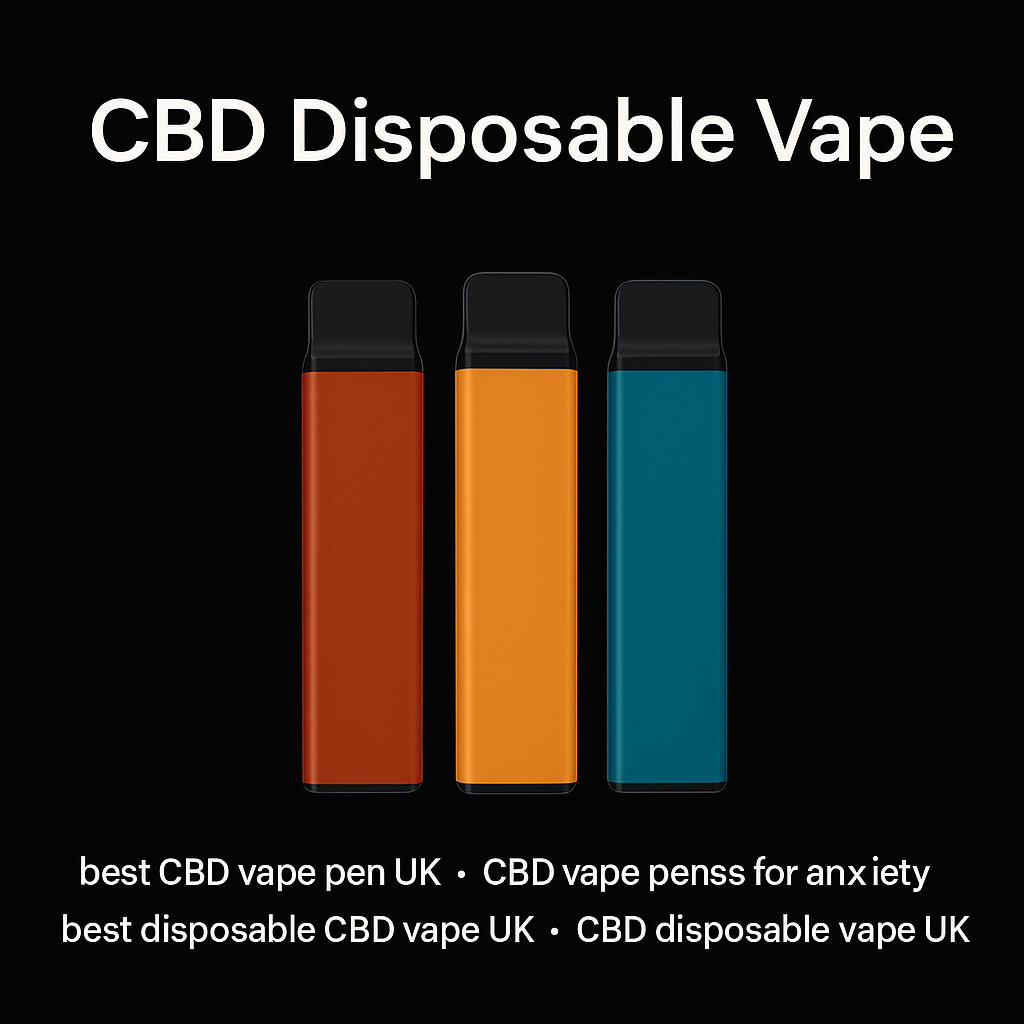 CBD Disposable Vape
CBD Disposable Vape Delta Vapes
Delta Vapes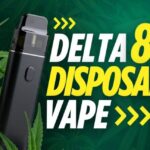 Delta 8 Vape
Delta 8 Vape Delta 9 Vape
Delta 9 Vape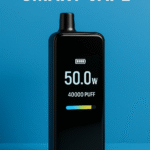 smart vape
smart vape Gummies
Gummies CBD Gummies
CBD Gummies THC Gummies
THC Gummies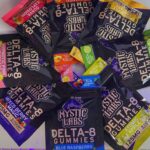 Delta 8 Gummies
Delta 8 Gummies Delta-9 Gummies
Delta-9 Gummies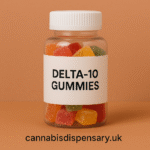 Delta-10 Gummies
Delta-10 Gummies HHC Gummies
HHC Gummies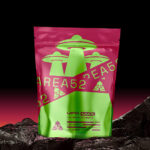 Full Spectrum Gummies
Full Spectrum Gummies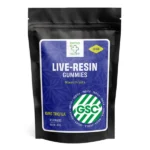 Live Resin Gummies
Live Resin Gummies
